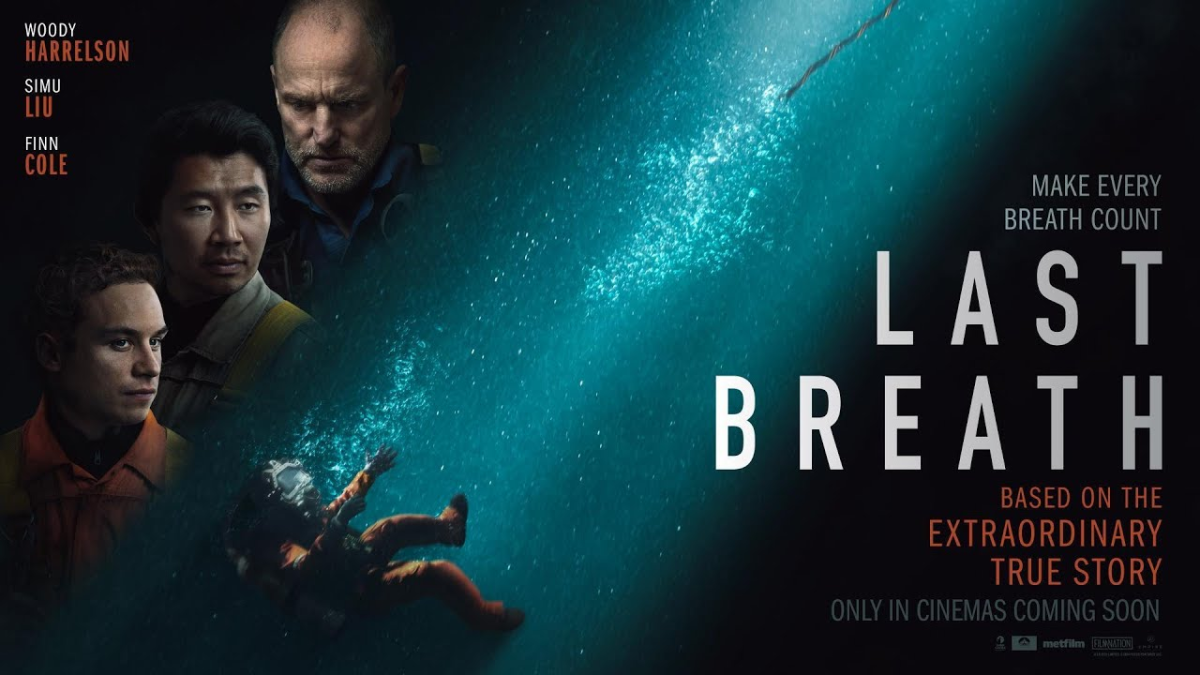Why You Have to Take Your Kid to Science Fairs
By Prasanna Tati
This weekend, students from NJIT travelled to Washington DC to present their research at the 4th annual USA Science and Engineering Festival (SciFest) hosted by Lockheed Martin at the Walter E. Washington Convention Center. The festival is the largest STEM festival in the country and featured colleges from all over the nation displaying their government-funded projects, universities looking to recruit bright young minds, companies offering exhibits that easily demonstrate even the most complex of all scientific concepts.
Interestingly, at a fair featuring cutting edge, government-funded research, pre-college children outnumbered the adults. Kids travelled from one booth to another poking and prodding models as volunteers patiently explained concepts.
In reality, many classrooms have very limited equipment and time to teach kids what they learned at SciFest. This is why kids need parents to take initiative to take a Saturday afternoon off to spend a day in the classroom learning things out of interest rather than duty.
Lockheed Martin offered a simulation of a trip to Mars in a school bus. NOAA offered a real-time map of weather across Earth on a large hanging model of a globe. NASA had astronauts and solar system maps that offered as great photo ops. At one point, a truck opened up and offered parents the opportunity to make fruit onesies for their infants. National Geographic brought a petting zoo featuring an eagle among other animals. The NSA and National Defense had different models of drones and robots that kids could control and learn about. Overall, every organization had a unique exhibit that allowed kids to actively interact and become engaged with; SciFest was basically a theme park of sorts.
Complementing all of the amazing science that kids could experience, came long lines, congested traffic everywhere, and expensive food (a bottle of water was $4) that can only serve to fuel the agitation and annoyance that parents and children experience at theme parks. Surprisingly, I did not witness a single child crying in the entire 2.3 million square foot convention center.
Instead, children eagerly visited every table and adamantly asked intelligent questions about the topic at hand. Following the booth’s presentation, parents ensured that their children understood the project scientifically and schematically.
The NJIT clay pot research team presented their prototype of a sustainable, low-cost water filter that could continuously filter out over 99% of pollutants in water at a rate of 10 gallons per day for an entire year for only $4. The majority of visitors to the NJIT booth were kids in elementary school, so much of the scientific jargon had to be avoided in order to offer the children a better understanding of how the filter works.
To our surprise, even before we explained our project, children were offering possible explanations for how the clay pot filter could work and why such a filter was important for people around the world to have. When expressing our awe for a little boy’s speculation that the pot was decomposable, his mother said, “He really wants to be a scientist, so we come to a lot of stuff like this because he absolutely loves it. I mean, this stuff really makes him happy.”
The happiness was evident on every child’s face that visited the thousands of exhibits in the convention center and learned about viruses work and why conservation biology is important. Every child was excited by even things as simple as beads turning color from UV light to demonstrate the negative effects of not wearing sunscreen.
What further stood out to the members of the NJIT team was how inspired every child was after our presentation. The kids would express their amazement and inspiration with jaws dropped wide-open or a single, stretched out “woah” followed by a tug on their parent’s sleeve to say, “I wanna do that.”
Events like these are ones that encourage the leaders of tomorrow to enact positive change through little steps like saving the environment by riding bikes instead of cars and combatting disease by washing hands.
The NIH had an exhibit for every specialty of medicine; one station had a very simple electrocardiograph that kids could play with to see how their muscle movement can affect a graph on the screen. Upon contracting and relaxing muscles at different rates at various strengths and for different time periods, an amazed kid asked the doctor behind the counter if he could have one. His mother laughed and said, “Maybe you can work with them one day. I’m a cardiologist, and sometimes I get to work with these machines. They help me see if people’s hearts are working okay.” In response, the kid said, “Hey I wanna do that, too!”
It’s the mere exposure to the science and hands-on learning of it that draws kids in and strikes an awe in them that can drive them when making career decisions. Especially in a world where women are a minority in the STEM fields, exposure to “traditionally male” exhibits like robot racing and circuit board construction can encourage young minds to pursue their interests regardless of limiting societal norms and pressures. In the words of an NIH volunteer addressing a girl after a demonstration, “Keep those gloves. We need a lot more girl scientists out there.”
STEM fields are the future: they collaborate to ensure innovation and creativity in a world that seeks updates for usable technology more and more often. Allowing children early exposure to the cool things they can be doing in the future helps to ensure not only innovation, but also security that the future of our planet lies in the right hands.
As a result of science fairs, children become more conscious of their larger impact on the world and how they can make it a positive one, because they learn that “this science isn’t fiction” and anyone can use it to make the biggest difference.




























